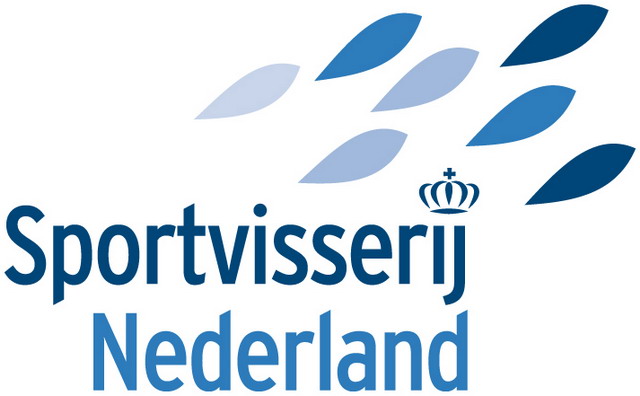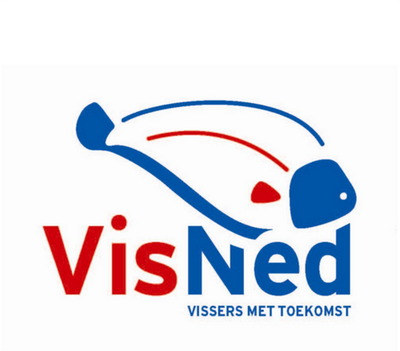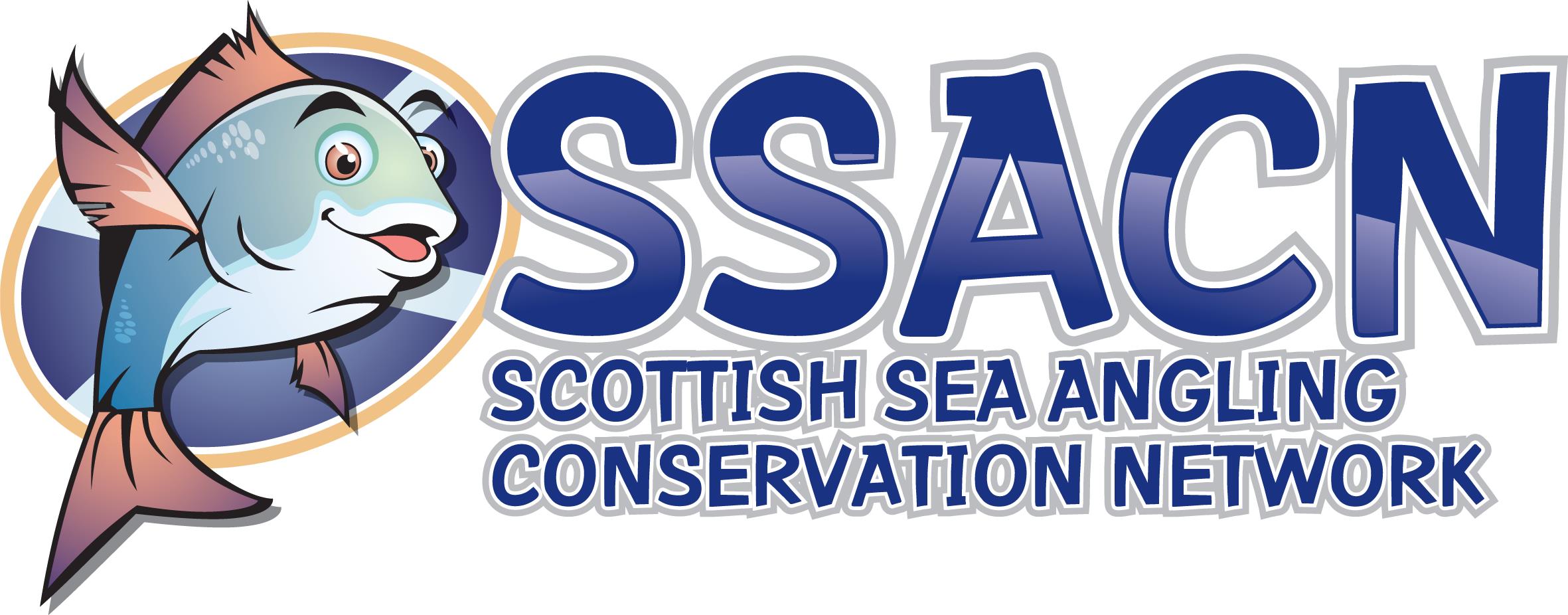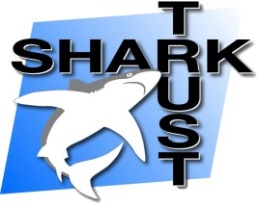Dutch Shark Action Plan
The main goal of the European Shark action plan is to obtain more knowledge on sharkfisheries, shark species and their influence on the ecosystem of the North Sea. This knowledge can be used to achieve a durable form of sharkfisheries. Based on the European shark action plan, every European country has got the obligation to put up their own shark action plan.
The Dutch shark action plan consists of the next goals:
- Goal 1: Increasing the amount of knowledge on sharkfisheries, shark species and their influence on the ecosystem. Examples of actions that can be done under this goal are: make people more conscious on shark preservation by using the tag and release programs and the publication of the shark, skate and ray identification guides for sports and commercial fishermen.
- Goal 2: To safeguard the durabillity of specified sharkfishing and to keep watch that the bycatches of sharks are getting good regulations. Developing a specific policy for the Dutch fishing fleet aimed at bycatch restraints and better protection of the species.
- Goal 3: To stimulate the connection between the internal and external communicative policy regarding sharks. For example to preserve the European prohibition on finning.
A correctly handled thornback ray (Raja clavata)
Sportvisserij Nederland wants to positively contribute in multiple manners. Firstly through their own and external media giving general publicity at the status of sharks, skates and rays that live in The English Channel and the southern North Sea. Through tagging and the retrieving of capture reports, insight in the distribution and migration of an interesting sportfishing species, the starry smoothound will be obtained.
Long life – high risk
Sharks, skates and rays reproduce at a slow rate because they are pubescent at a high age. There are many different ways of reproduction. Some sharks, and most of the skates and rays put off horny egg cases. Which are sometimes found (empty) washed up on the beach. Other species are viviparous, bearing their young alive.

Eggcase of a spotted ray (Raja montagui)
Sharks, skates and rays produce very little ofspring, highly a few dozen each year and sometimes one young every other year. All these biological characteristics combined, slow growth rate, high age of pubescence and a low reproduction, makes sharks, skates and rays very vulnerable for additional mortality like caused by fisheries. In addition, with non-selective bottom fishing , as with a beamtrawler it is very hard to evade the incidental catch of sharks, skates and rays. Their size, bodyshape and the possesion of spines makes it easy for them to get stuck in fishing nets.











